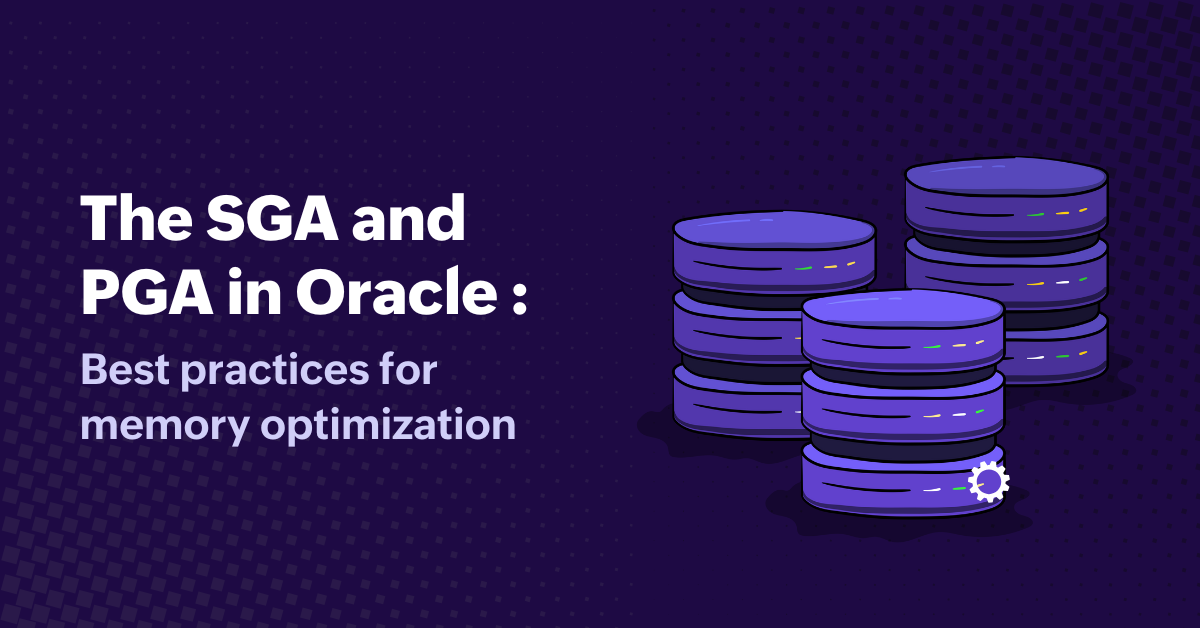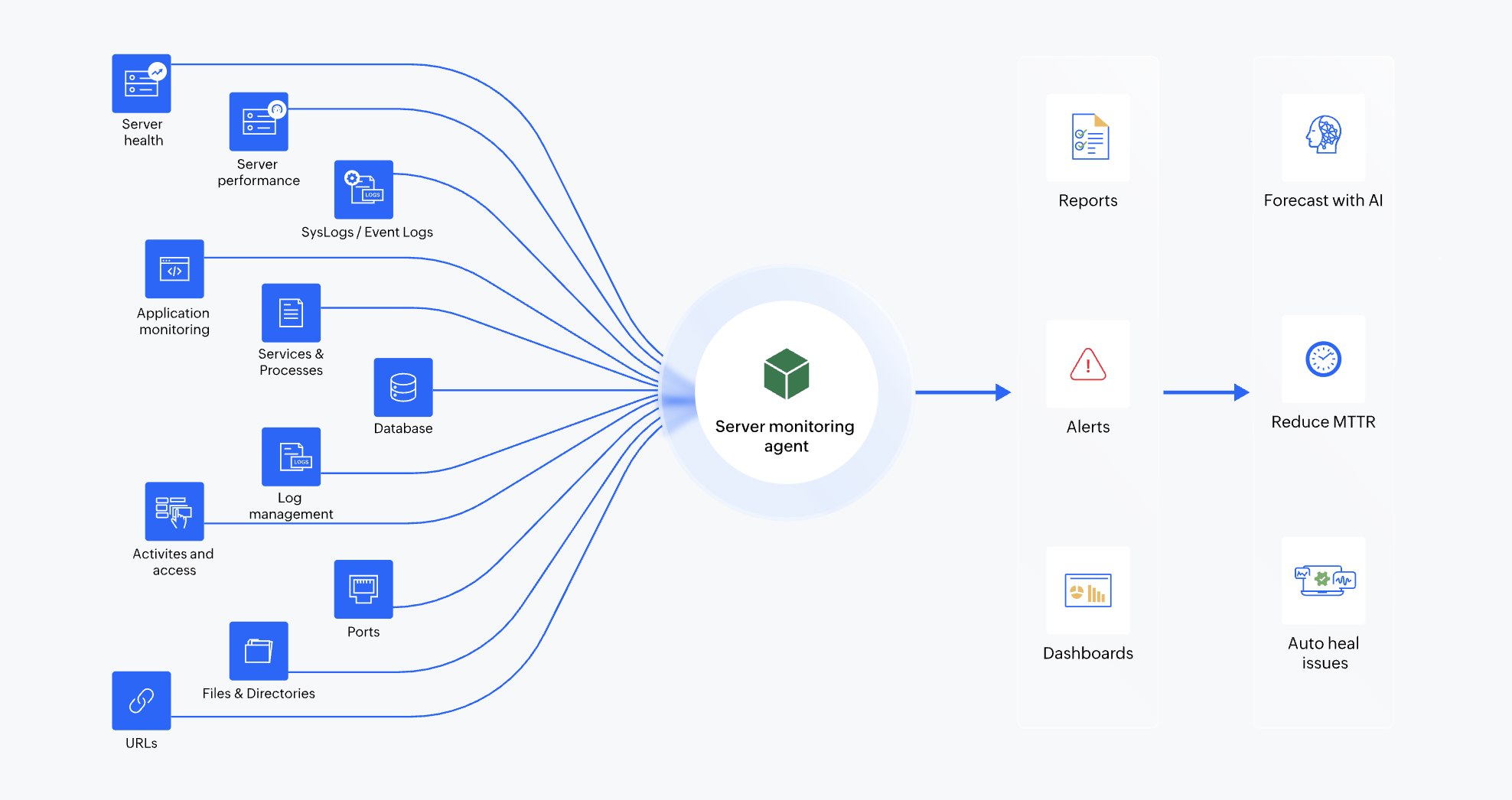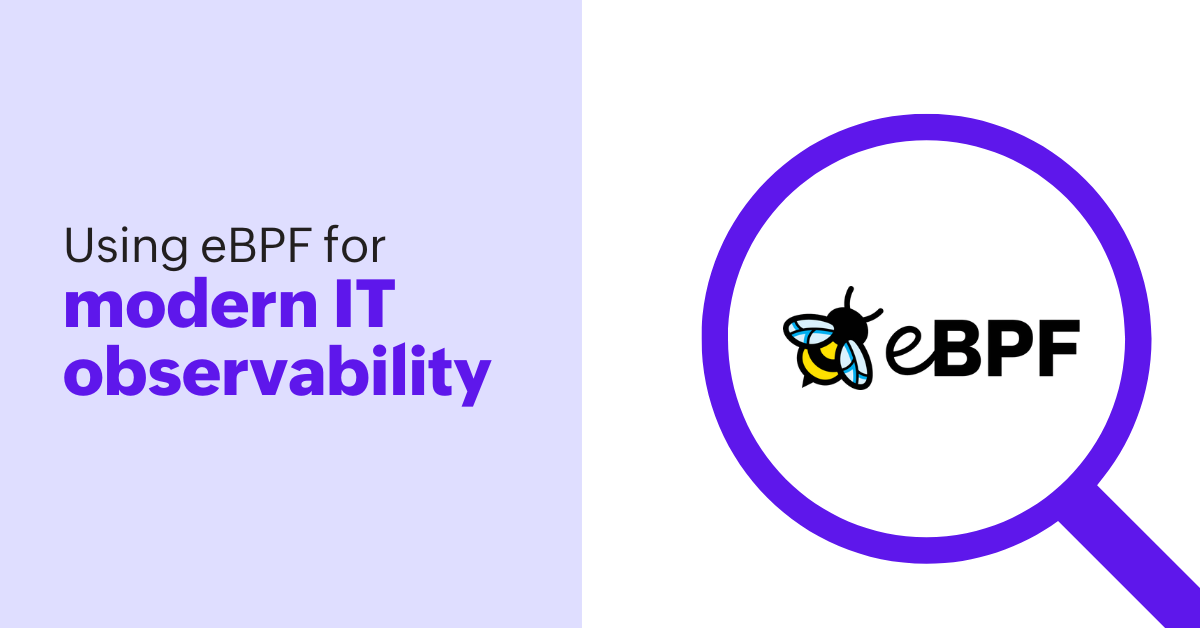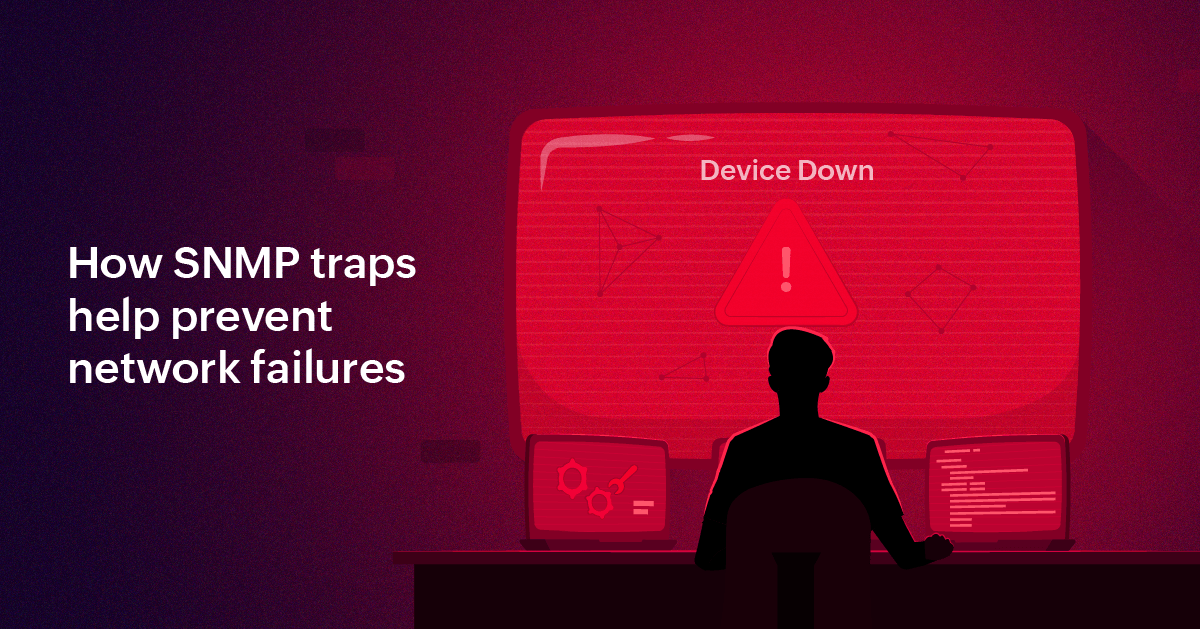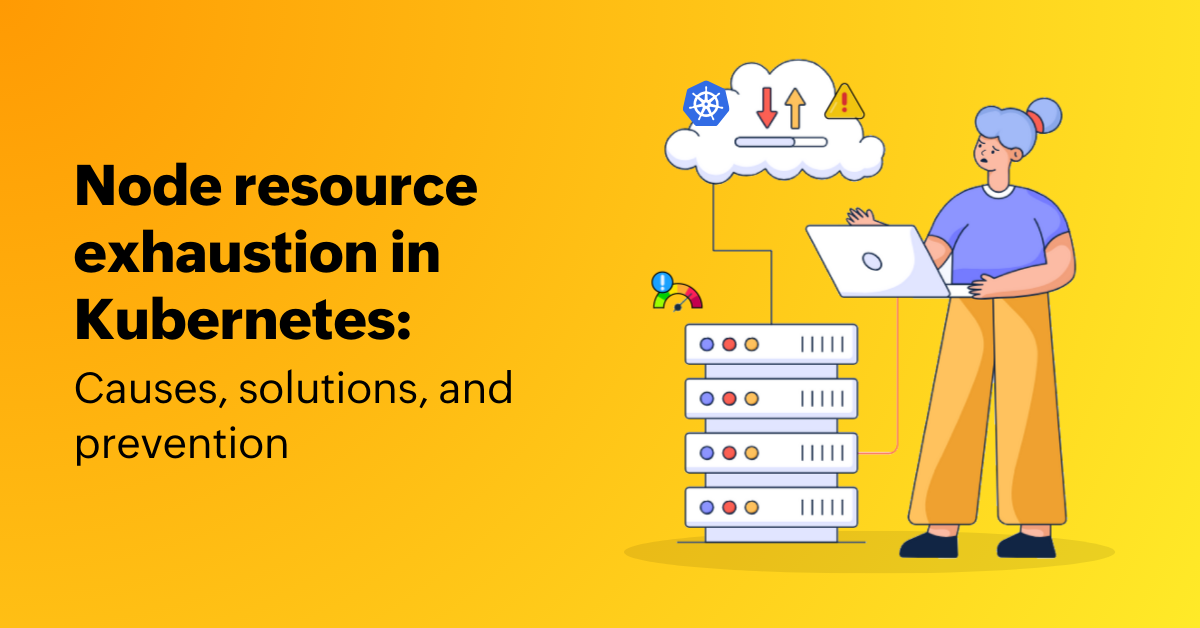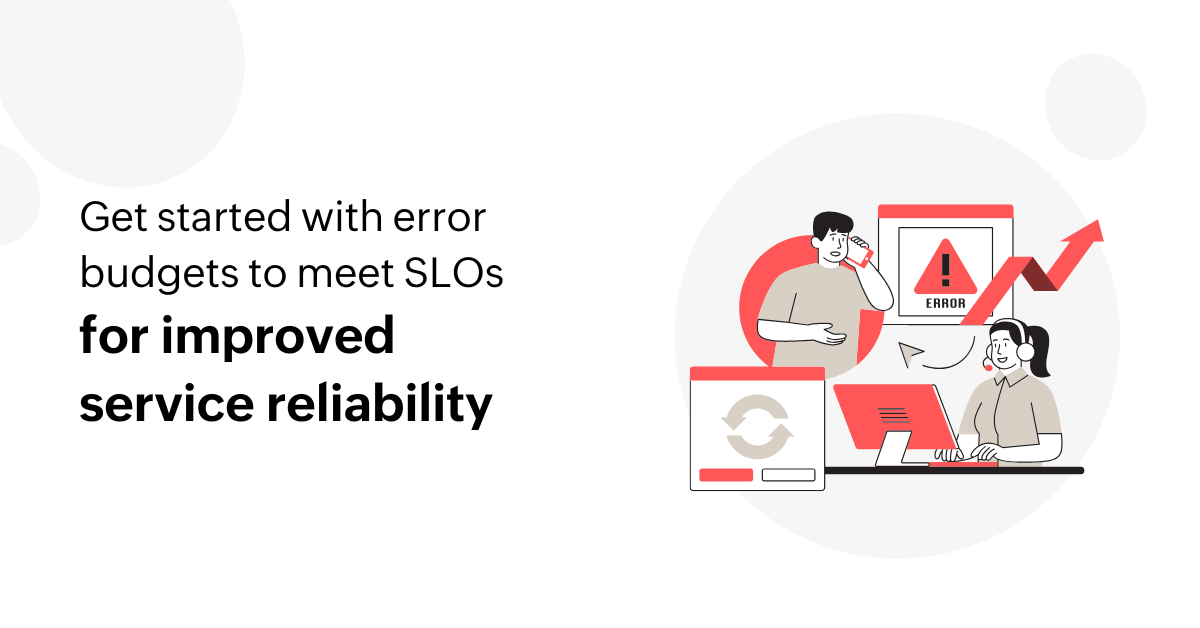Website monitoring checklist
Website monitoring can be much more effective with more specifics and details. Before diving into the specifics of monitoring, it's best to define your goals and preferences first. What is your target for implementing the monitoring? Is a better uptime all you are looking for, or do you wish to fine-tune your site's user experience?
Why network observability is a boardroom priority for CEOs
How to master the SGA and PGA in Oracle databases
As we are talking about Oracle databases here, you are probably aware of the system global area (SGA) and program global area (PGA) in Oracle, which play a crucial role in database memory management. Let us explore memory allocation in detail and how to configure these for peak efficiency.
The SGA and PGA in Oracle are critical for memo...
Maximizing ROI in server monitoring: A strategic approach for businesses
According to the 2024 Statista report on global crucial data center IT outages from 2020-2023 , power disruptions have become the leading cause of outages, rising from 37% in 2020 to 52% in 2023. This shift highlights an increasing vulnerability in infrastructure reliability, making proactive server monitoring more critical than ever. Want to...
Using eBPF for modern IT observability: challenges and opportunities
Today, eBPF is a powerful, widely accepted technology that operates at the kernel level of the operating system. It enables real-time, low-overhead monitoring of system calls, network traffic, and resource usage across applications and containerized deployments. Celebrated system performance expert and author Brendan Gregg once quipped that &...
Diagnosing and resolving high latency in AWS EC2 instances
This blog dives into the common causes of high latency in EC2 instances. You'll learn how to diagnose high latency and get practical fixes to restore speed.
Latency in your EC2 instances can arise from multiple sources and requires precise identification to resolve it effectively.
How SNMP traps help prevent network failures: A use case analysis
Optimizing Kubernetes node resources: How to avoid exhaustion and improve performance
When a node is low on resources—as in CPU, memory, or storage—a workload may suffer from failures, degraded performance, and eviction.
If you want your cluster to run smoothly, it's time to learn how to identify the root causes of your node resource exhaustion and take proactive steps to mitigate them before something gets out of ha...
From surface-level to strategic: Benefits of network traffic analysis
How to get started with error budgets to meet SLOs for improved service reliability
SLOs also mark the maximum error amount or period a system is allowed to experience within a timeframe to be judged as acceptable. Akin to a financial budget, an error budget expresses the things gone wrong (errors) as a percentage of the total time or requests that transpire in a timeframe: for example, 1% of monthly requests, 0.05% of daily...


